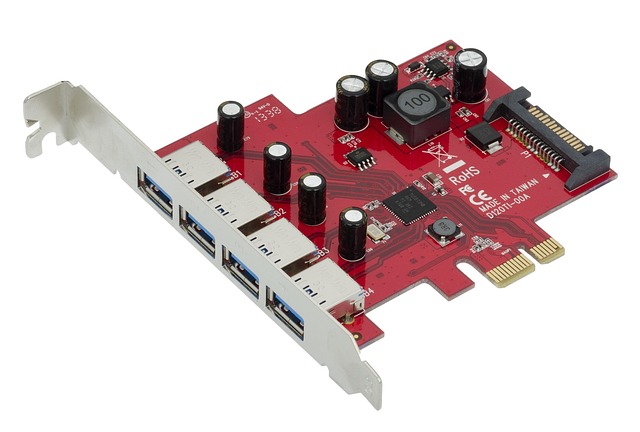
Unraveling the Mysteries of PCI Express: A Comprehensive Guide for IT Enthusiasts
Unraveling the Mysteries of PCI Express: A Comprehensive Guide for IT Enthusiasts
For IT enthusiasts and hardware aficionados, understanding PCI Express is akin to unlocking a treasure chest filled with possibilities and performance enhancements. As the backbone of modern computer architecture, PCI Express (PCIe) serves as a high-speed interface that connects a variety of hardware components, transforming the way we experience computing. From graphics cards to NVMe SSDs, this interface has become an essential part of our technological landscape.
First introduced in 2003, PCI Express replaced the older PCI and AGP standards, bringing with it a host of advantages. Its point-to-point architecture allows for greater bandwidth and fewer bottlenecks, enabling multiple devices to communicate efficiently. This is particularly crucial in today’s world, where data transfer rates are more critical than ever. The rise of gaming, graphic-intensive applications, and data-heavy processing demands innovations that PCIe successfully delivers.
The architecture of PCI Express is quite fascinating. It consists of several lanes, each capable of transmitting data in both directions simultaneously. Standard configurations include x1, x4, x8, and x16 lanes, where the number signifies how many lanes are present. This versatility allows users to tailor implementations based on their specific needs—whether for gaming, data analysis, or any other demanding task.
One of the standout features of PCI Express is its scalability. The latest iteration, PCIe 5.0, doubles the bandwidth of its predecessor, PCIe 4.0, reaching speeds up to 32 GT/s (gigatransfers per second). Such advancements empower users with near-instant data access and improved processing power, making everything from boot times to loading screens faster than ever.
The impact of this technology extends beyond individual components; it shapes entire computing ecosystems. IT professionals must be keenly aware of PCI Express standards when upgrading or building systems, as compatibility and performance rely heavily on knowing which version of PCIe a motherboard and device supports. Ensuring that your motherboard can leverage PCIe 4.0 or 5.0 can mean the difference between a marginal performance increase and an exponential leap forward.
Additionally, understanding PCI Express demands familiarity with other technologies that coexist within the hardware realm. NVMe, or Non-Volatile Memory Express, exploits the PCIe interface to provide high-speed data transfer between storage devices and the motherboard, offering significantly quicker boot times and faster application loads. Such developments highlight how intertwined these technologies are, along with the importance of staying informed about the latest trends in the field.
The future of PCI Express looks bright, with ongoing advancements paving the way for even higher speeds and increased efficiency. Upcoming standards promise to push the envelope, making connections even faster and more reliable, which is vital for emerging technologies like AI and big data analytics.
For IT professionals and enthusiasts alike, keeping up with PCI Express developments is a journey filled with opportunities for growth and innovation. Whether you’re upgrading a home setup or working on enterprise solutions, understanding this integral technology is not just beneficial; it’s essential for navigating the ever-evolving world of information technology.



